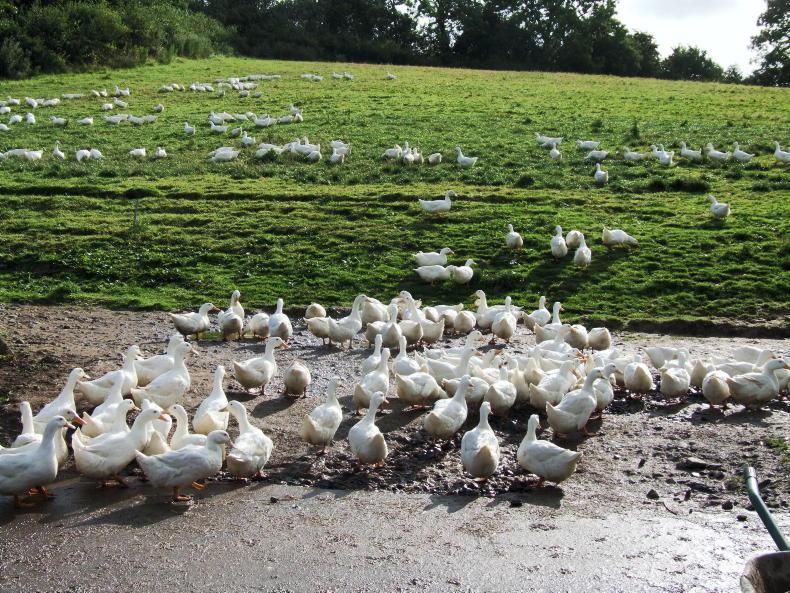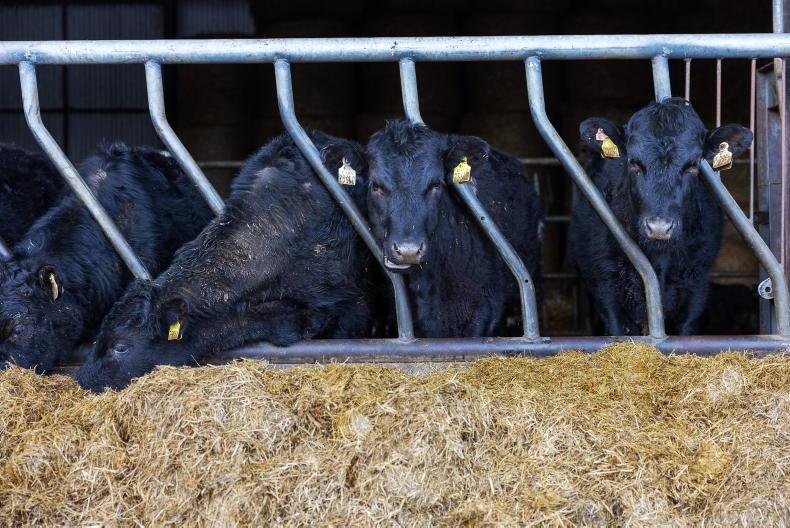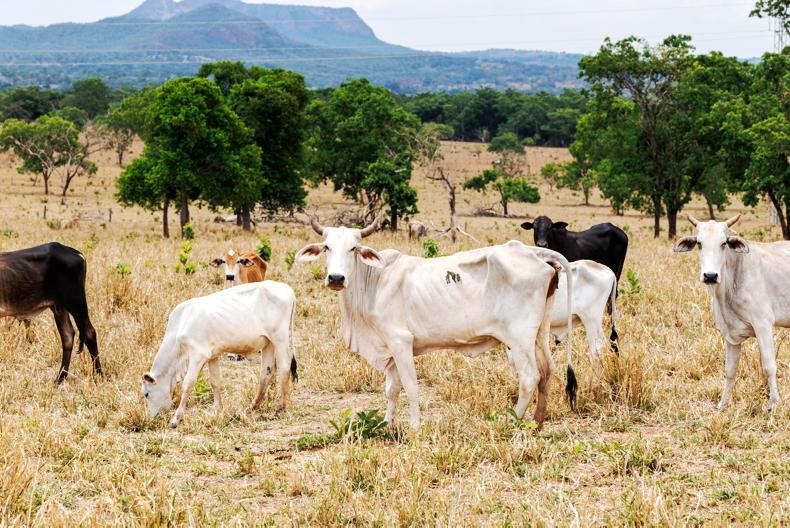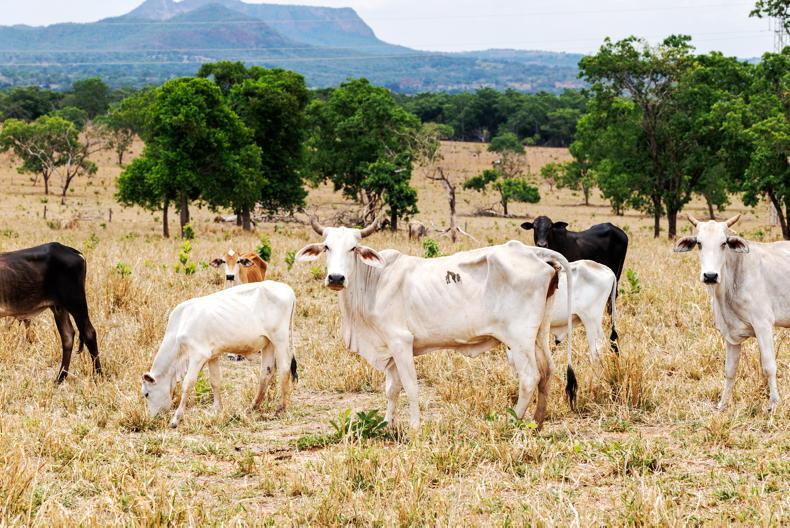We must all work harder to reduce the risk of antibiotic resistance developing on our farms or affecting the health of our families. This comes down to educating ourselves about what antibiotic resistance is and how we all can keep antibiotics working in both humans and animals by making better decisions.
This campaign was designed to raise awareness about the concept of One Health and how we all have a responsibility to reduce our use of antibiotics in order to protect human and animal health.
Our last article discussed the importance of hygiene in tackling antibiotic resistance and optimising farm profitability and sustainability. In some ways good hygiene practices form part of your biosecurity management. Maintaining biosecurity is vital to keeping disease out of your farm (bio-exclusion) and also reducing the spread within the farm (bio-containment). Your biosecurity protocols are central to your herd health planning and should be developed and updated in consultation with your vet.
Remember, the most likely source of introduction of disease on to your farm is animals that have been brought in. Animals are most likely to spread diseases as they provide the most suitable conditions for infectious bacteria to spread within their bodies. This means neighbouring animals can also pose a risk at boundaries, and there should be prevention of nose-to-nose contact with neighbouring stock. Indirectly disease can be brought on to your farm by visitors, equipment, slurry or wildlife.
A closed herd is by far the best option, but this is rarely possible. We must move towards a situation where we are buying directly from herds with a known disease status. The more movements an animal has, the more likely it is to spread disease. Minimising farm movements must be a key priority over the next decade.
Therefore, every farmer should have a bioexclusion policy to keep disease out of the farm and the following protocols should be included:
Have one designated entry point for all visitors. Have an active disinfectant point for all visitors with facilities to wash boots and overalls. Provide farm boots and overalls for any visitors. Keep a closed herd if possible . Buy from accredited disease-free herds as much as possible. Always isolate purchased animals or animals that have participated in shows for at least 28 days, and check for any signs of illness such as lameness or nasal discharge. Bought in animals should be run through a footbath at least once to prevent infections being brought in. Avoid sharing animal equipment with other farmers. Using colostrum from other farms is to be avoided. Slurry from other farms should not be used where possible, with poultry litter in particular posing a risk for botulism. Any farm vehicles such as dead stock lorries should be restricted to certain areas on the farm. Secure feed stores to prevent contamination by vermin and wildlife.When disease does occur on your farm, then it’s a case of preventing its spread to other animals. In terms of biosecurity, this is where you put in place a biocontainment plan.
Biocontainment is about working, particularly with your vet, to prevent disease spread inside the farm gate. A biocontainment plan should address the three issues below:
1 Reduce the source of infection by working to keep all animals healthy.
2 Prevent spread of disease through quarantine, protecting susceptible animals.
3 Improve immunity of susceptible animals – ensure adequate colostrum intake, avoid mixing different ages of animals.
Use diagnostic testing such as bloods and milk samples to establish what diseases might be present in your farm. This helps identify disease we might not be aware of visually in our stock that could be affecting animal health, and consider talking to your vet around testing for diseases that may put your farm at risk.
Prevention is better than cure, and better biosecurity means less disease, healthier animals, and better economic outcomes.
We must all work harder to reduce the risk of antibiotic resistance developing on our farms or affecting the health of our families. This comes down to educating ourselves about what antibiotic resistance is and how we all can keep antibiotics working in both humans and animals by making better decisions.
This campaign was designed to raise awareness about the concept of One Health and how we all have a responsibility to reduce our use of antibiotics in order to protect human and animal health.
Our last article discussed the importance of hygiene in tackling antibiotic resistance and optimising farm profitability and sustainability. In some ways good hygiene practices form part of your biosecurity management. Maintaining biosecurity is vital to keeping disease out of your farm (bio-exclusion) and also reducing the spread within the farm (bio-containment). Your biosecurity protocols are central to your herd health planning and should be developed and updated in consultation with your vet.
Remember, the most likely source of introduction of disease on to your farm is animals that have been brought in. Animals are most likely to spread diseases as they provide the most suitable conditions for infectious bacteria to spread within their bodies. This means neighbouring animals can also pose a risk at boundaries, and there should be prevention of nose-to-nose contact with neighbouring stock. Indirectly disease can be brought on to your farm by visitors, equipment, slurry or wildlife.
A closed herd is by far the best option, but this is rarely possible. We must move towards a situation where we are buying directly from herds with a known disease status. The more movements an animal has, the more likely it is to spread disease. Minimising farm movements must be a key priority over the next decade.
Therefore, every farmer should have a bioexclusion policy to keep disease out of the farm and the following protocols should be included:
Have one designated entry point for all visitors. Have an active disinfectant point for all visitors with facilities to wash boots and overalls. Provide farm boots and overalls for any visitors. Keep a closed herd if possible . Buy from accredited disease-free herds as much as possible. Always isolate purchased animals or animals that have participated in shows for at least 28 days, and check for any signs of illness such as lameness or nasal discharge. Bought in animals should be run through a footbath at least once to prevent infections being brought in. Avoid sharing animal equipment with other farmers. Using colostrum from other farms is to be avoided. Slurry from other farms should not be used where possible, with poultry litter in particular posing a risk for botulism. Any farm vehicles such as dead stock lorries should be restricted to certain areas on the farm. Secure feed stores to prevent contamination by vermin and wildlife.When disease does occur on your farm, then it’s a case of preventing its spread to other animals. In terms of biosecurity, this is where you put in place a biocontainment plan.
Biocontainment is about working, particularly with your vet, to prevent disease spread inside the farm gate. A biocontainment plan should address the three issues below:
1 Reduce the source of infection by working to keep all animals healthy.
2 Prevent spread of disease through quarantine, protecting susceptible animals.
3 Improve immunity of susceptible animals – ensure adequate colostrum intake, avoid mixing different ages of animals.
Use diagnostic testing such as bloods and milk samples to establish what diseases might be present in your farm. This helps identify disease we might not be aware of visually in our stock that could be affecting animal health, and consider talking to your vet around testing for diseases that may put your farm at risk.
Prevention is better than cure, and better biosecurity means less disease, healthier animals, and better economic outcomes.











SHARING OPTIONS